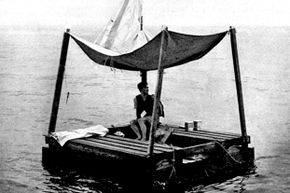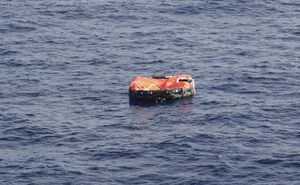For a long time, people have been fascinated with heroes who've somehow survived great danger and brutal hardship. Back in 800 B.C.E., the Greek poet Homer composed "The Odyssey," one of the great adventure tales of all time, in which his protagonist Odysseus archaeologists announced they had uncovered a palace in ancient Ithaca that fit Homer's description of the place where his hero lived [source: Squires].
But when it comes to more modern survivors of extreme adversity, there's no need to fictionalize. Stoic real-life heroes have endured mind-boggling traumas and hardships. They've lived in rafts for weeks and months at sea, gotten lost in brutally hot deserts and the subzero frozen North, been trapped underwater, withstood tortures by prison guards, and even managed to emerge from collapsed buildings. Here are the stories of 10 such people who've managed somehow to survive fates that might seem to mean certain doom.
Advertisement






















